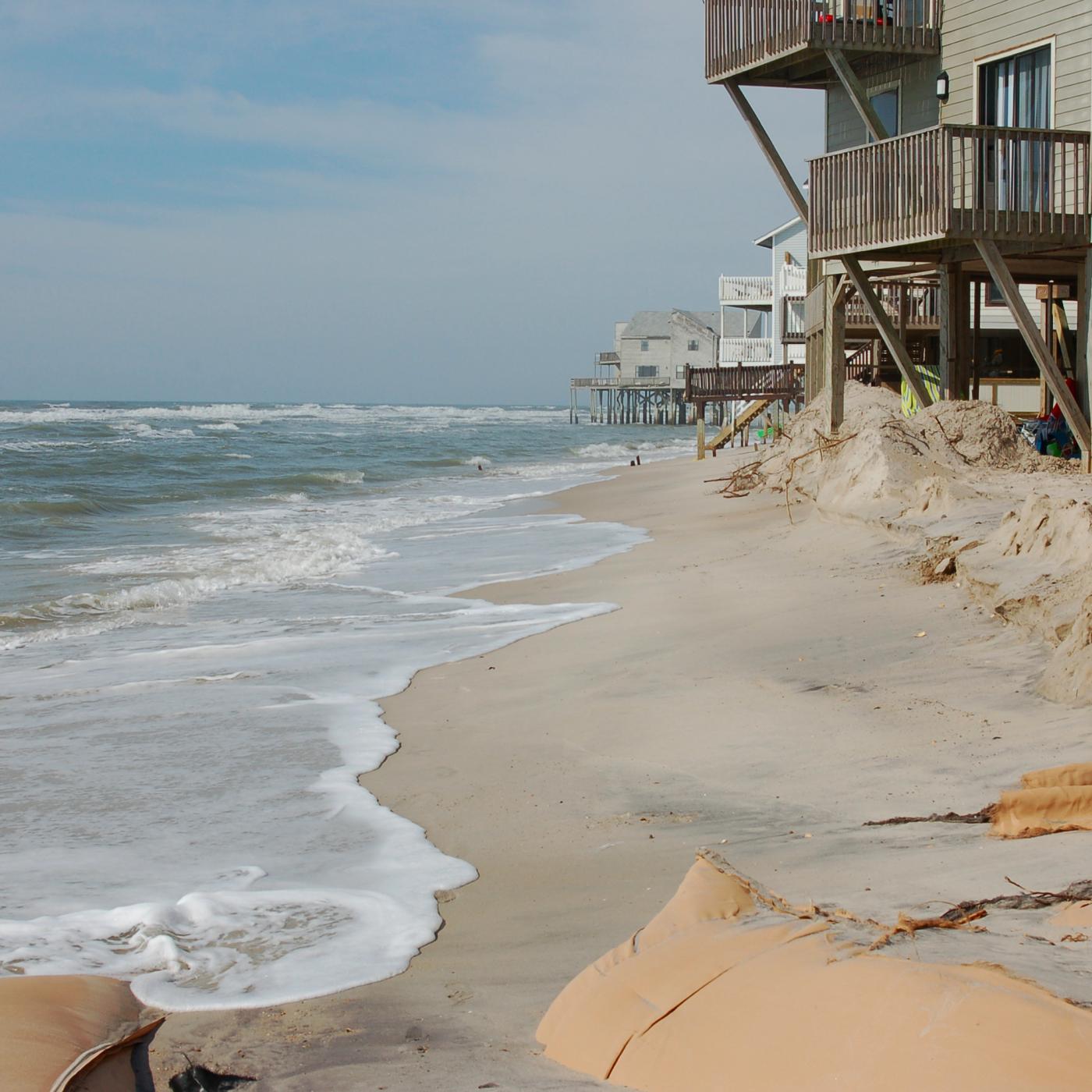
Filter News
Area of Research
News Type
News Topics
- (-) Neutron Science (8)
- (-) Nuclear Energy (15)
- (-) Quantum Computing (1)
- 3-D Printing/Advanced Manufacturing (13)
- Advanced Reactors (2)
- Artificial Intelligence (5)
- Big Data (7)
- Bioenergy (17)
- Biology (22)
- Biomedical (10)
- Biotechnology (4)
- Buildings (9)
- Chemical Sciences (9)
- Clean Water (7)
- Climate Change (15)
- Composites (3)
- Computer Science (13)
- Coronavirus (6)
- Critical Materials (2)
- Cybersecurity (6)
- Decarbonization (15)
- Energy Storage (14)
- Environment (37)
- Exascale Computing (3)
- Frontier (3)
- Fusion (7)
- Grid (7)
- High-Performance Computing (9)
- Hydropower (2)
- Isotopes (11)
- ITER (1)
- Machine Learning (5)
- Materials (7)
- Materials Science (12)
- Mathematics (4)
- Mercury (4)
- Microscopy (9)
- Nanotechnology (6)
- National Security (16)
- Net Zero (2)
- Physics (16)
- Polymers (5)
- Quantum Science (2)
- Security (6)
- Simulation (4)
- Summit (2)
- Sustainable Energy (14)
- Transportation (12)
Media Contacts

Andrew Conant from ORNL's nuclear nonproliferation division is collaborating with national laboratories to analyze isotopes generated in nuclear reactors. This research aims to glean insights into the operations and objectives of these reactors. ORNL, renowned for its leadership in nuclear research, maintains its legacy by promoting the peaceful utilization of nuclear energy worldwide.

Mohamad Zineddin hopes to establish an interdisciplinary center of excellence for nuclear security at ORNL, combining critical infrastructure assessment and protection, risk mitigation, leadership in nuclear security, education and training, nuclear security culture and resilience strategies and techniques.

Ken Herwig's scientific drive crystallized in his youth when he solved a tough algebra word problem in his head while tossing newspapers from his bicycle. He said the joy he felt in that moment as a teenager fueled his determination to conquer mathematical mysteries. And he did.

Andrea Delgado is looking for elementary particles that seem so abstract, there appears to be no obvious short-term benefit to her research.

Stephen Dahunsi’s desire to see more countries safely deploy nuclear energy is personal. Growing up in Nigeria, he routinely witnessed prolonged electricity blackouts as a result of unreliable energy supplies. It’s a problem he hopes future generations won’t have to experience.

The truth is neutron scattering is not important, according to Steve Nagler. The knowledge gained from using it is what’s important

Oak Ridge National Laboratory physicist Elizabeth “Libby” Johnson (1921-1996), one of the world’s first nuclear reactor operators, standardized the field of criticality safety with peers from ORNL and Los Alamos National Laboratory.

Friederike (Rike) Bostelmann, who began her career in Germany, chose to come to ORNL to become part of the Lab’s efforts to shape the future of nuclear energy.

From Denmark to Japan, the UK, France, and Sweden, physicist Ken Andersen has worked at neutron sources around the world. With significant contributions to neutron scattering and the scientific community, he’s now serving in his most important role yet.

For a researcher who started out in mechanical engineering with a focus on engine combustion, Martin Wissink has learned a lot about neutrons on the job


